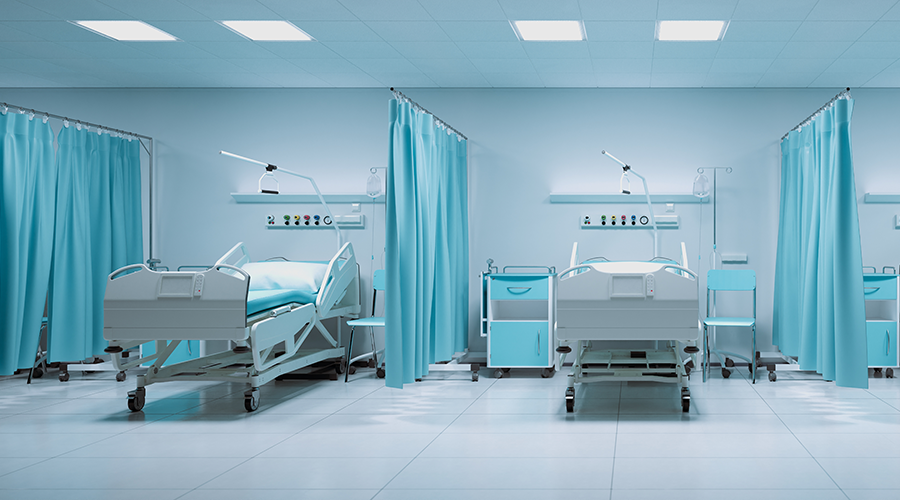Every material in the built environment, such as surfaces and interior finishes, can foster or improve hygienic efforts for staff and patient safety, according to an article one the Facility Executive website.
According to the American Journal of Infection Control in 2017, hospital floors are often excluded as a potential source for infection; however, pathogens can spread from the floor to hands and other high-touch surfaces throughout a hospital room.
Plus, many hospital rooms have high-touch objects in direct contact with the floor, including personal items, medical devices and supplies.
Monolithic flooring made of premium rubber is homogenous and has an extremely dense nonporous surface, which inherently repels dirt and does not serve as a medium to the propagation of microorganisms.

 AI Usage for Healthcare Facilities
AI Usage for Healthcare Facilities Ground Broken on Pelican Valley Senior Living Modernization Project
Ground Broken on Pelican Valley Senior Living Modernization Project All-Electric UCI Health – Irvine Hospital Set to Open
All-Electric UCI Health – Irvine Hospital Set to Open The Rising Strategic Value of Owner's Reps in Healthcare
The Rising Strategic Value of Owner's Reps in Healthcare Lawrence Group Designs Pair of Ignite Medical Resorts in Missouri
Lawrence Group Designs Pair of Ignite Medical Resorts in Missouri